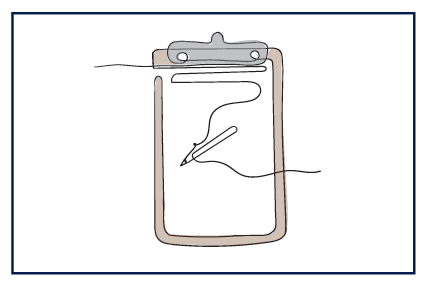Priority 4: Policies & Procedures
 Screening questions about prenatal exposure to alcohol and other substances, as well as disclosure of that information, is often hampered by fear of punitive sanctions. Research suggests that women of color have a greater likelihood of screening for drug use during pregnancy, so it’s important that protocols to engage women are non-punitive and free of barriers to treatment including stigma, fear of losing child custody and worries about being away from family during inpatient or residential treatment.
Screening questions about prenatal exposure to alcohol and other substances, as well as disclosure of that information, is often hampered by fear of punitive sanctions. Research suggests that women of color have a greater likelihood of screening for drug use during pregnancy, so it’s important that protocols to engage women are non-punitive and free of barriers to treatment including stigma, fear of losing child custody and worries about being away from family during inpatient or residential treatment.
According to the American Academy of Pediatrics, such punitive measures toward pregnant women with SUD are ineffective, and women who experience them are less likely to seek treatment and more likely to avoid prenatal care. Instead, research supports a comprehensive evidence-based, non-punitive approach to coordinated health, including primary prevention, universal screening aligned with ACOG recommendations, access to comprehensive prenatal care and providers trained in policies and requirements.
What’s missing is the evidence that provides guidance for the prevention and management of substance use disorders during pregnancy. While providing an individual baseline that includes information about unhealthy drug use, screening is most effective when there are services in place to accept referrals to care. Models should include a framework for continued engagement with women between pregnancies to provide opportunities to address complications and medical issues that impact long-term health.